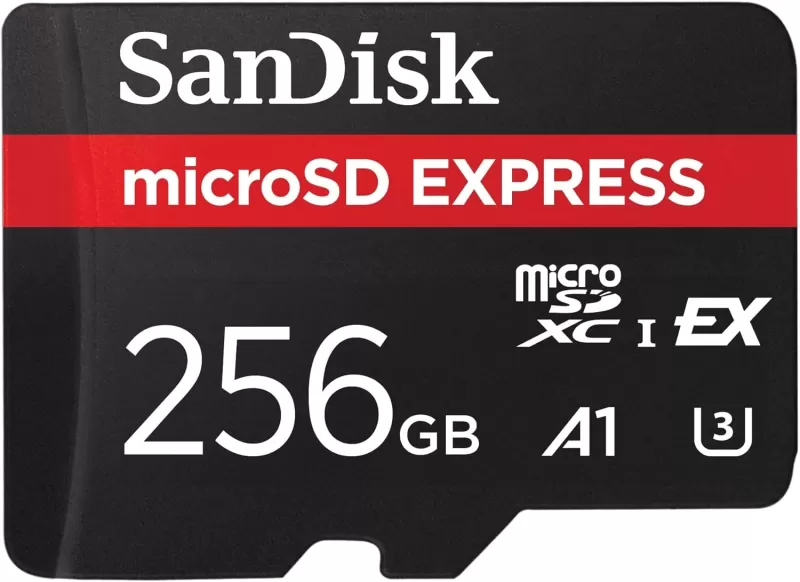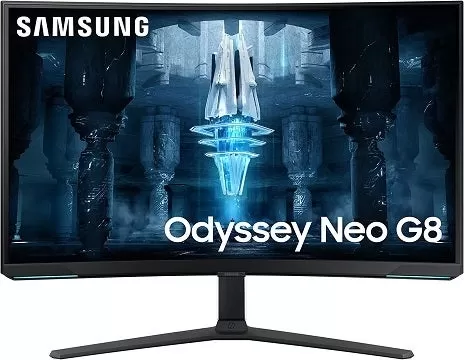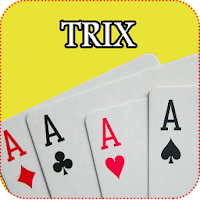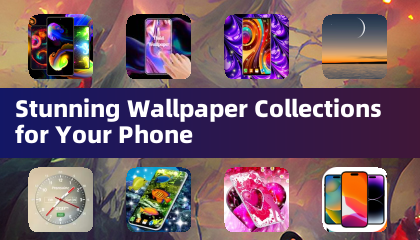Best OLED Display for Gaming Revealed
Purchasing my first OLED TV, the LG E8 55-inch, back in 2019 was a game-changer, especially as we entered isolation. This TV became the ultimate companion during those times. Initially, my understanding of OLED (organic light-emitting diode) was basic—I knew it used self-lit pixels instead of a backlight, resulting in infinite contrast. But diving into games like Final Fantasy XV and The Last of Us Part II truly showcased the technology's magic. It felt like reliving nostalgic memories in real time. Naturally, my journey with OLED didn't end with the E8.
Years later, I upgraded to the LG C2 65-inch, and since then, I've explored numerous devices equipped with OLED displays. Not all OLEDs are the same, and the technology itself varies. If you're curious, there are several types of OLEDs, but the three most relevant are WOLED, QD-OLED, and AMOLED.
 WOLED, QD-OLED, and AMOLED: How They Work
WOLED, QD-OLED, and AMOLED: How They Work
OLED technology has been evolving for decades, with companies like Kodak and Mitsubishi experimenting with it. It gained mainstream popularity when LG introduced its OLED TVs in the early 2010s.
LG's version, WOLED (White OLED), is central to their marketing, often simply referred to as "OLED." WOLED uses a white OLED layer combined with an RGBW color filter. This approach addresses the issue of uneven deterioration of red, green, and blue emitters, which can accelerate burn-in. However, the use of color filters can lead to imbalanced brightness and reduced color volume. Higher-end WOLEDs mitigate this with Micro Lens Array technology, enhancing light focus.
In 2022, Samsung introduced QD-OLED (Quantum Dot OLED), which replaces the white OLED layer with a blue one, paired with quantum dot color converters. These quantum dots absorb and convert light, preserving the backlight's intensity and delivering vibrant colors.
AMOLED stands apart with its thin-film transistor (TFT) layer, which enhances pixel activation speed but at the cost of OLED's renowned infinite contrast. AMOLED is commonly found in smartphones and laptops due to its flexibility and high refresh rates.
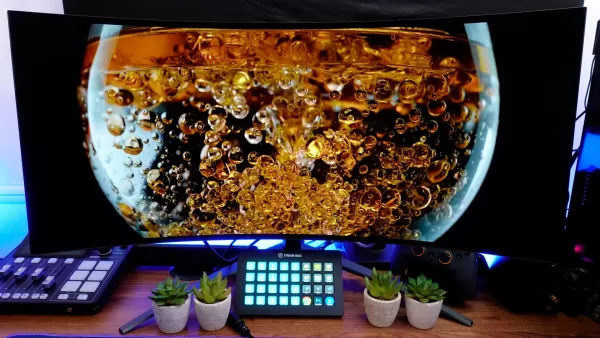 WOLED, QD-OLED, and AMOLED: Which Is Better for Gaming?
WOLED, QD-OLED, and AMOLED: Which Is Better for Gaming?
Choosing the right OLED technology for gaming depends on your specific needs and preferences. Generally, QD-OLED is considered the best due to its superior color and brightness. However, WOLED and AMOLED have their merits.
AMOLED displays, found primarily in smaller devices like smartphones and laptops, offer flexibility and high refresh rates but struggle in direct sunlight due to lower peak brightness.
For gaming monitors and TVs, you'll choose between WOLED and QD-OLED. WOLED's white OLED layer makes it extremely bright, particularly with whites, but color brightness can suffer due to the RGBW filter. QD-OLED, on the other hand, offers consistent brightness and richer colors thanks to its quantum dot technology.
In my setup, the WOLED TV in my living room handles glare well, maintaining true blacks. In contrast, my QD-OLED monitor on my desk shows a purplish tint in bright light due to the absence of a polarizing layer, which helps reduce reflections. While QD-OLED excels in color and brightness, WOLED might be preferable in highly reflective environments. Ultimately, the quality hinges on the specific display's specs and your budget.
The Future of OLED Is PHOLED
Beyond WOLED, QD-OLED, and AMOLED, the future of OLED technology includes PHOLED (Phosphorescent OLED). PHOLED uses phosphorescent materials for higher luminous efficiency compared to fluorescent ones, achieving 100% efficiency versus 25%. However, the blue component's shorter lifespan has been a hurdle.
Recently, LG announced a breakthrough in blue PHOLED technology, paving the way for mass production. Dubbed "Dream OLED," this technology promises brighter displays with lower power consumption. While PHOLED TVs are not imminent, we can expect to see it in smartphones and tablets soon.








